We recently had the pleasure to sit down with Sam Hopkins of Winter America, at WINTER & COMPANY, to dive into Winter’s most recent textile innovations. These two textiles transform ocean-bound plastic waste into refined design materials: Toile Ocean and Satin Ocean. Developed in partnership with Basel-based Tide Ocean SA, the materials, by being made from ocean-bound yarn, are the first book cloth and satin textiles of their kind. Hopkins explained the intention behind these products quite simply: “We would rather see plastic waste end up as a book cover than sitting in a landfill—or worse, at the bottom of the ocean, impacting animals and plant life for years.”
Winter America, the North American arm of Switzerland’s Winter & Company, has been in the business of crafting cover materials since 1892. Founded as a leather trading company, Winter has grown into a global supplier for packaging, bookbinding, and visual merchandising, while remaining privately owned and family led. As the company enters its fourth generation of leadership, its mission to balance creativity with sustainability has only deepened.
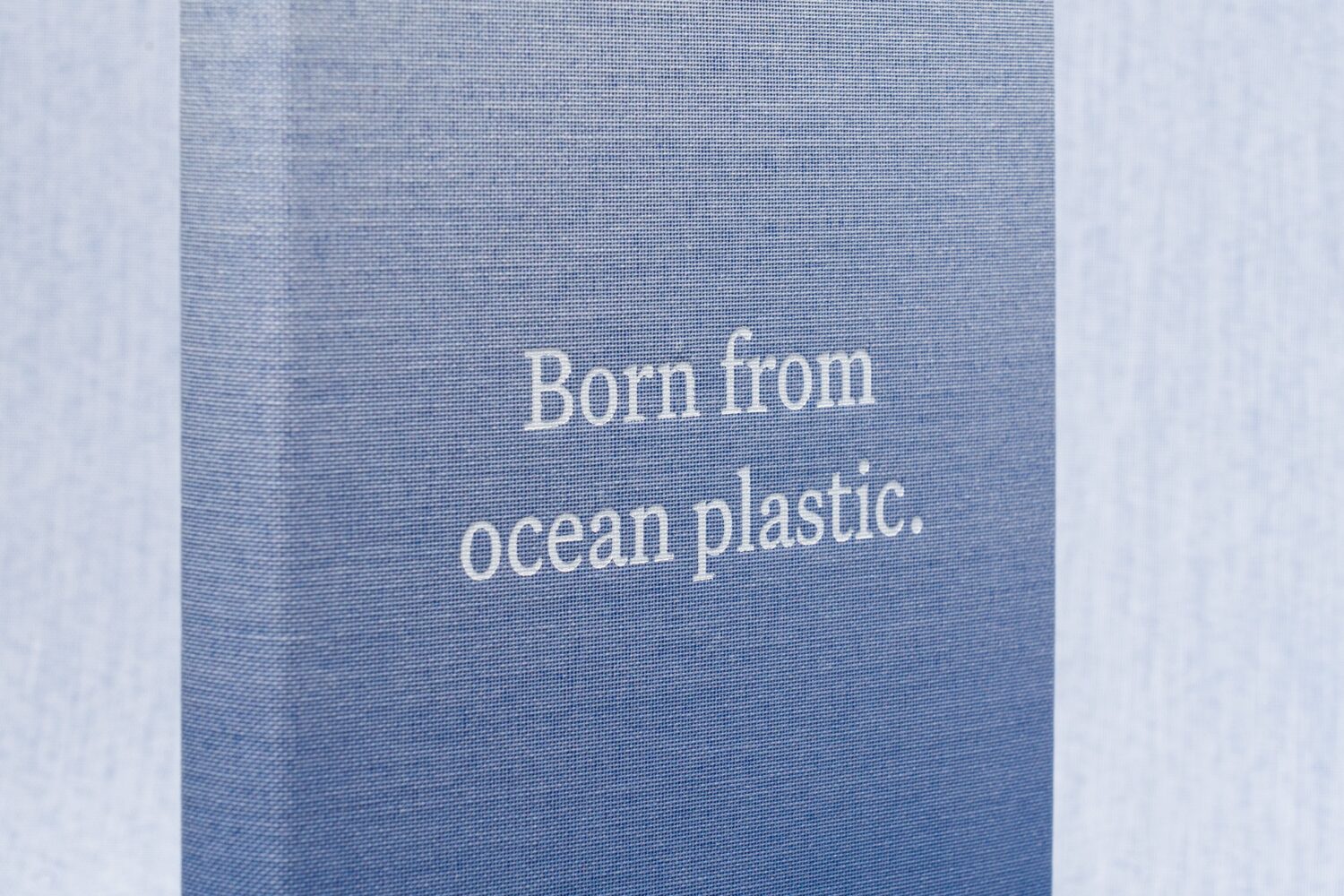
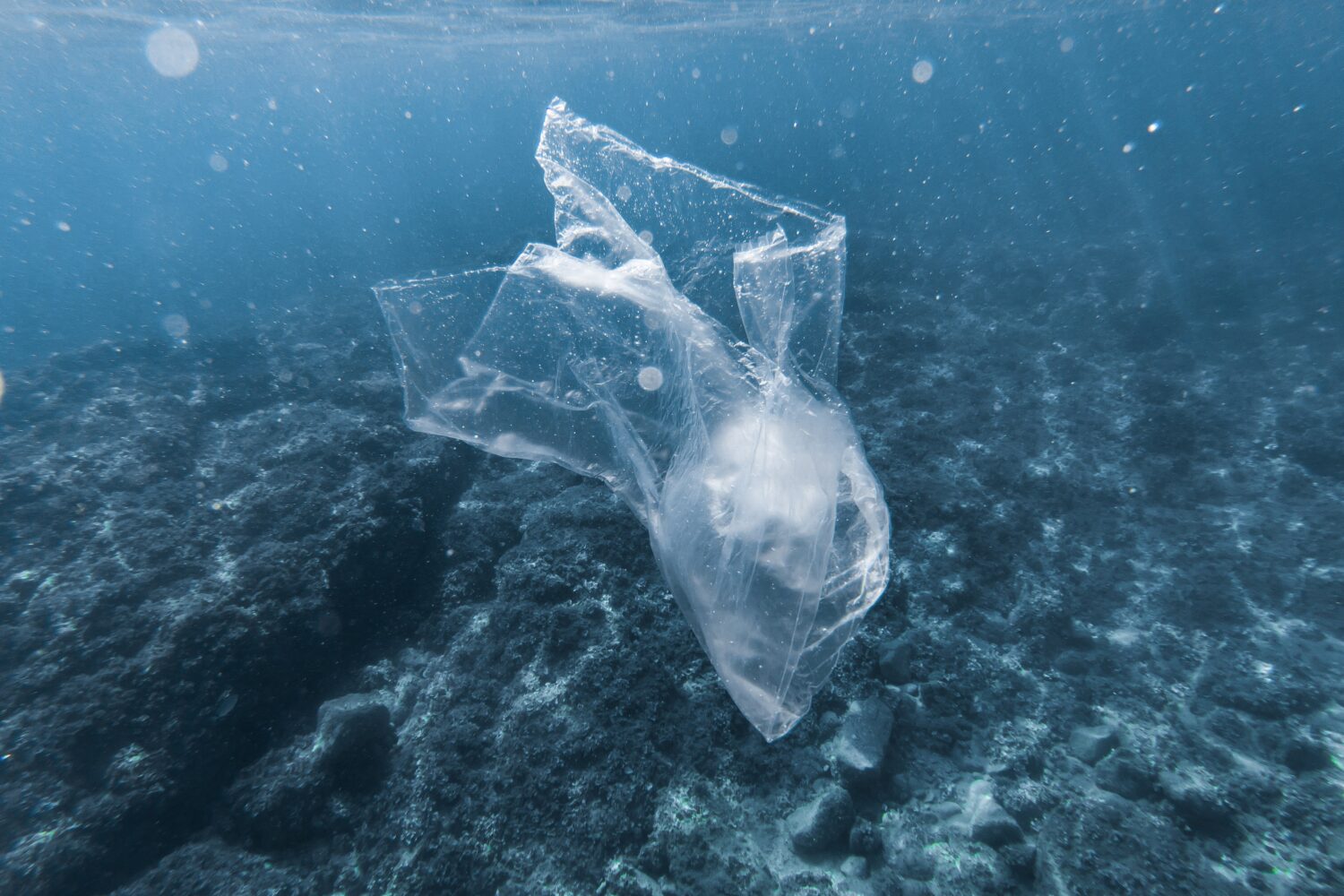
“Winter and Company has always had a strong focus on supporting designers and creators with high-quality, stylish materials,” said Sam Hopkins, Manager of Winter America. “But equally important, we’ve always sought to make those materials as sustainable as possible.” And this is exactly what we dove into with Sam…
From Waste to Textile
The process begins in Southeast Asia, where Tide Ocean works directly with local communities to collect and sort plastic waste washed onto beaches. The program provides fair wages while keeping coastlines clean. That waste is then transformed into traceable, high-quality yarns in Basel—materials strong enough for commercial use after years of R&D. “One of the first difficulties was creating a yarn that could withstand commercial demand, provide consistent quality, and deliver a lower carbon footprint,” Hopkins explained.
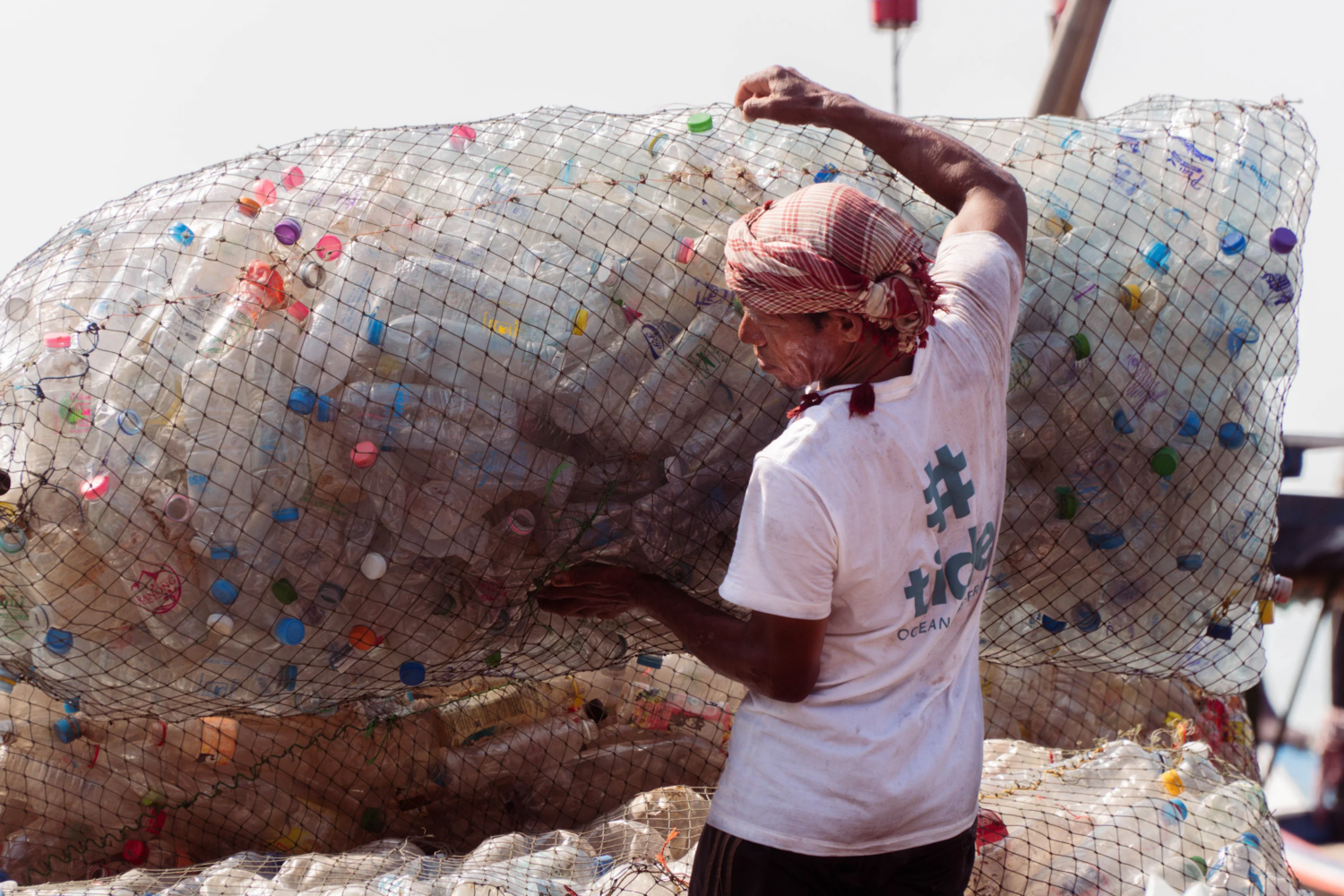
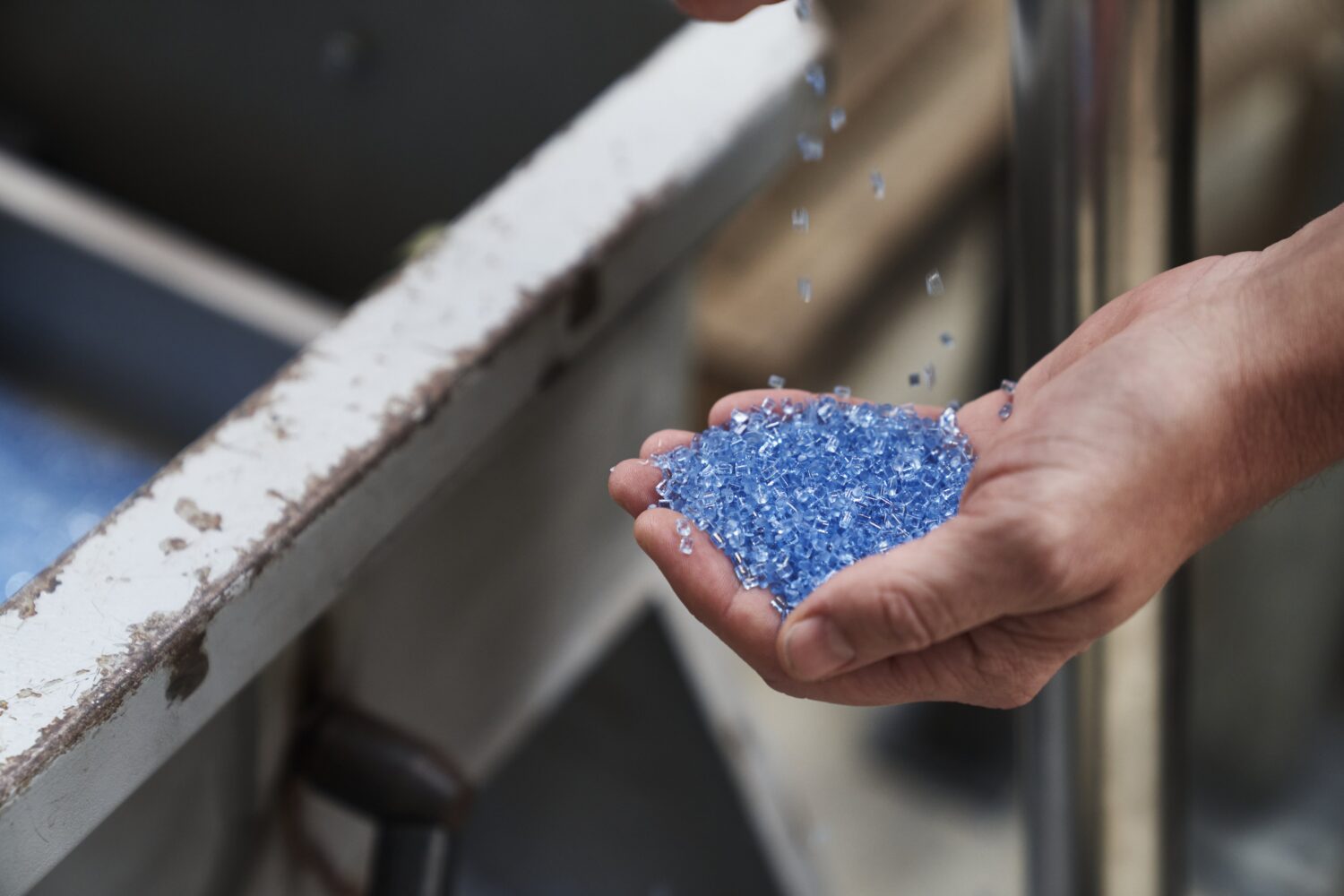
Toile Ocean is made of 74% recycled polyester, with 55% of that derived from ocean-bound PET bottles and finished with a water-based backside coating. Satin Ocean incorporates 51% recycled polyester—all ocean-sourced—plus 46% cotton and 3% elastane for flexibility. Both are REACH compliant, vegan-certified, and entirely free of animal byproducts.
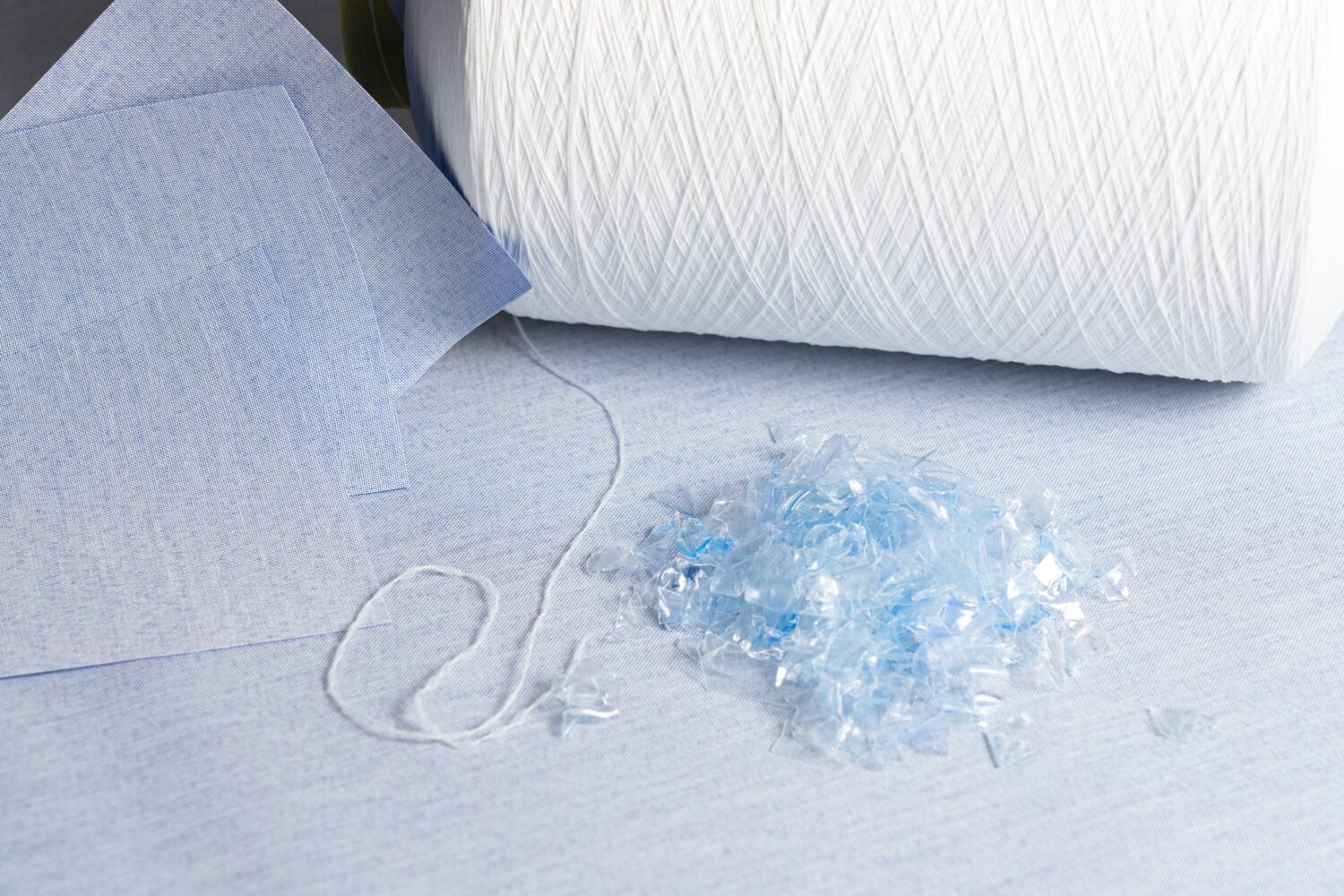
The traceability allows for measurable impact: 1,000 square meters of Toile Ocean is the equivalent of 5,200 PET bottles removed from marine environments, while the same area of Satin Ocean represents 7,300 bottles saved. “Brands can actually quantify the impact of their material choices,” Hopkins said. “That’s an invaluable message to carry forward.”
Look & Feel
Beyond sustainability, the textiles have distinct visual and tactile appeal paired with an equally deliberate color strategy. Toile Ocean launched with a nature-inspired palette of whites, neutrals, and muted tones, on the other hand, Satin Ocean, with its reflective finish, leans into richer, bolder tones that amplify its luxurious feel.
Toile Ocean’s look is understated and organic, with color achieved not through dyed yarns but through the colored water-based coating that shows through the weave, creating a pastel. The result is a soft surface perfect for notebooks, case-bound books, and luxury packaging and merchandising. Toile Ocean works beautifully with hot foil stamping, blind embossing, silk screen, and offset printing, even allowing brands to overlay their own PMS colors without committing to custom dye lots.
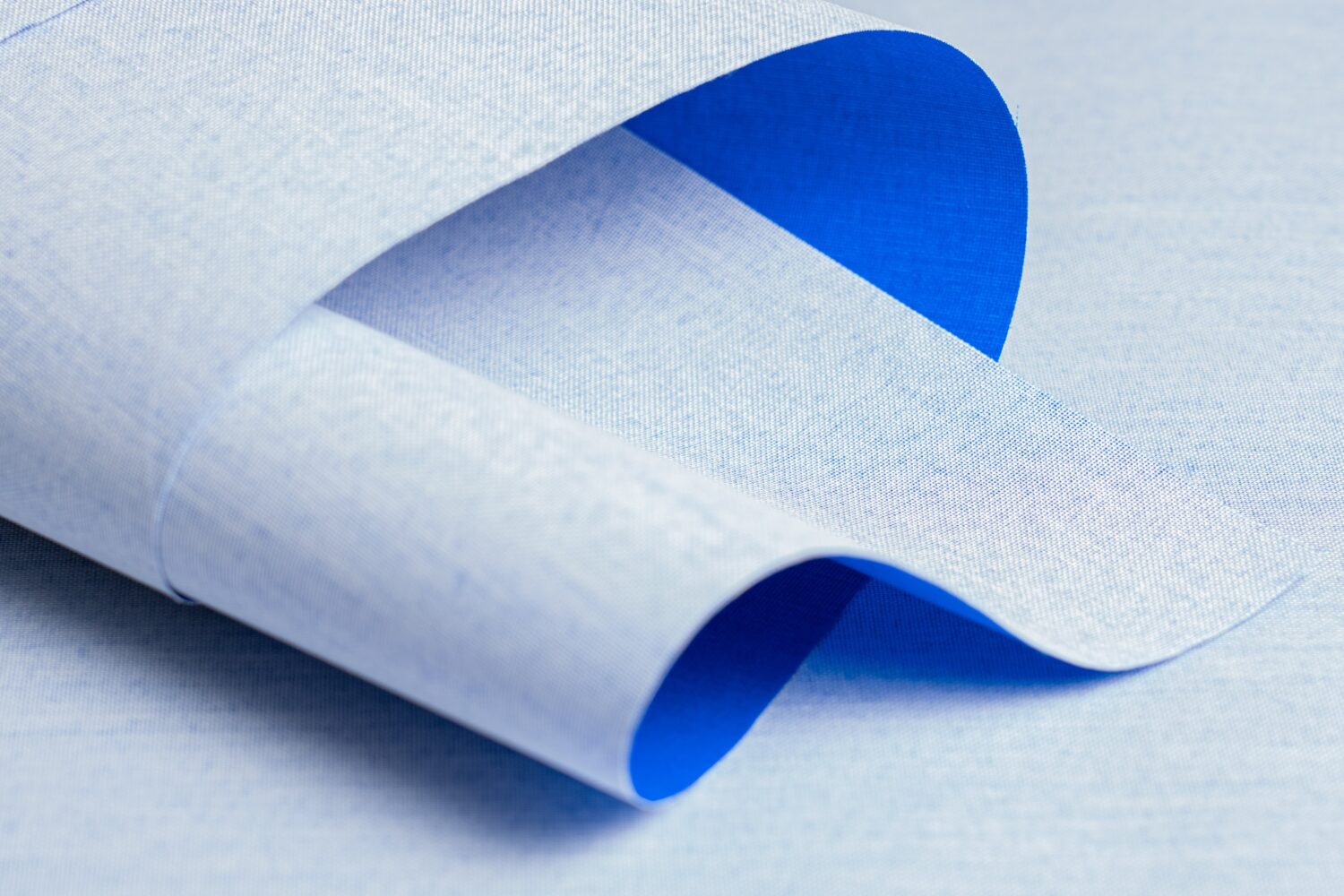
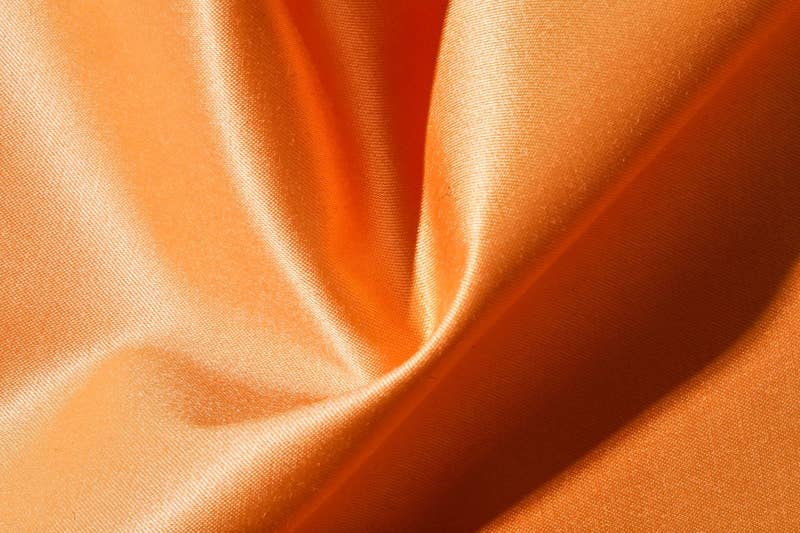
“Because the yarns in Toile aren’t dyed, the pastel effect feels softer, less saturated,” Hopkins explained. “Satin, on the other hand, shows the same color on both sides—it glows.”
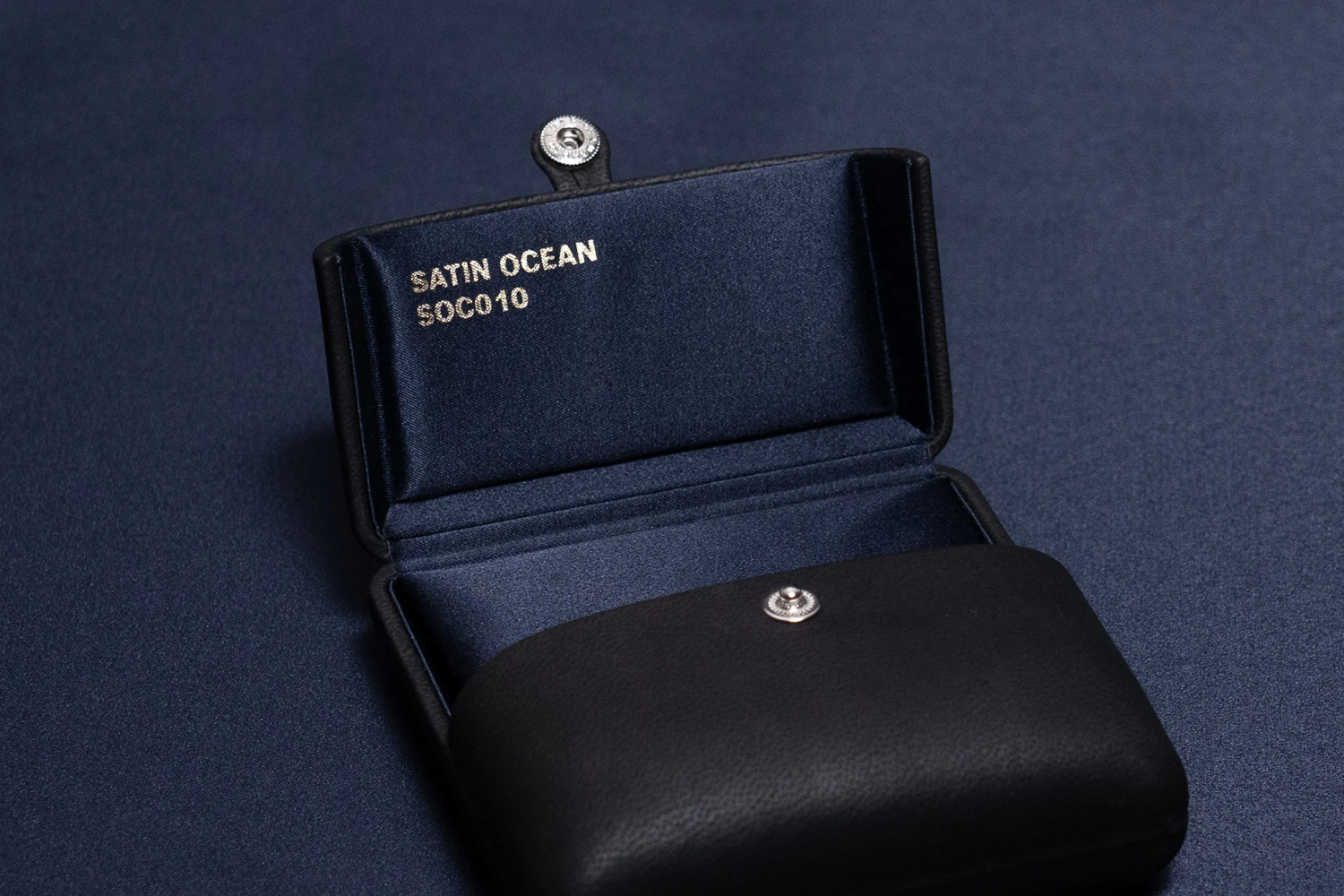
Satin Ocean, by contrast, offers consistent, saturated color with a luxurious sheen that catches the light—especially in deeper shades like navy and emerald. Thanks to its elastane content, it can stretch smoothly around corners and edges, making it ideal for luxury jewelry boxes, retail display busts, and pouches. Satin Ocean supports foil stamping and silk screen, with Hopkins noting that foil is almost always the preferred process given the intended luxury applications. A sample bracelet box lined with Satin Ocean revealed just how polished the material appears in real applications.
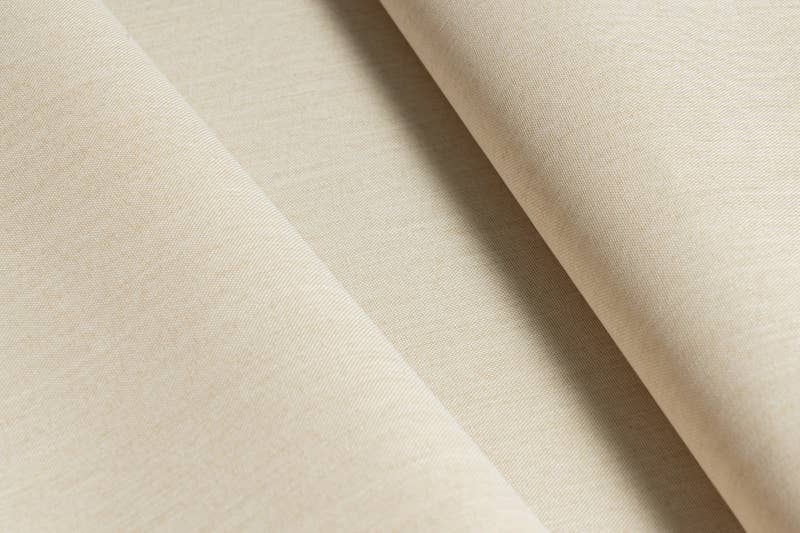
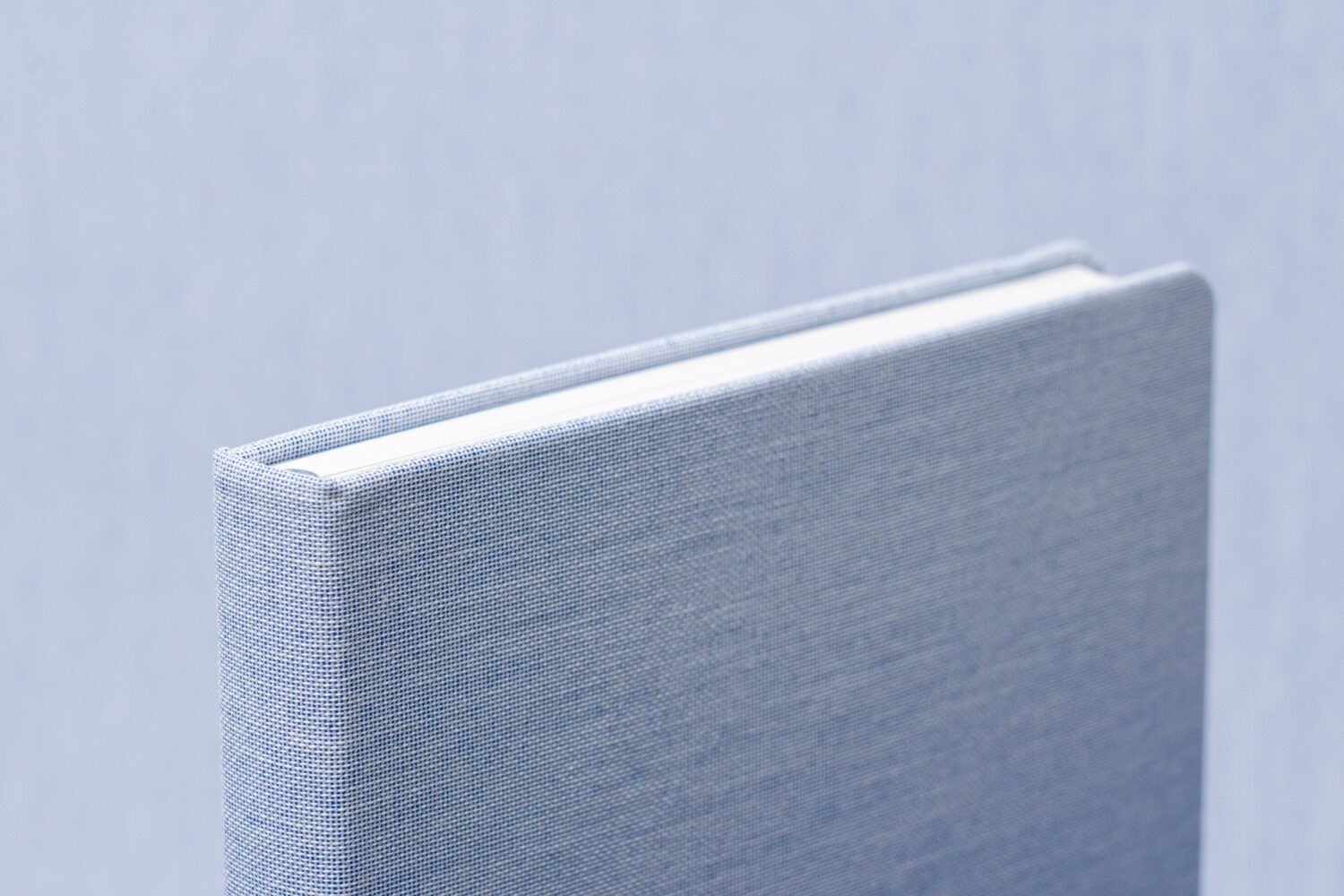
While many bookbinding fabrics are paperbacked, Winter made a deliberate choice to keep Toile Ocean unlined in an effort to reduce the amount of material used, thereby lowering its carbon impact and minimizing questions of traceability. “We wanted to keep this as clean a material as possible,” Hopkins said.
Looking Ahead
For Winter, these launches are just the beginning. The company sees ocean plastics not as a waste problem, but as a resource for long-lasting, design-driven products. “We are always looking for ways to expand our offering with recycled plastic waste,” Hopkins noted. “It’s the most impactful way we can help clean our environments.”
The result is a material that pairs aesthetics with measurable impact. “By incorporating these materials, we give our brand partners the power to say they have directly contributed to cleaner ocean environments,” Hopkins said. For designers and brands, the appeal lies not only in the look and feel but in the ability to tell a credible story.
Learn more at www.winter-company.com or contact Sam at Winter America () for samples and project support.
For a quick overview of Satin Ocean and Toile Ocean, visit their MCX Profiles:
Satin Ocean: MC593220
Toile Ocean: MC593219

